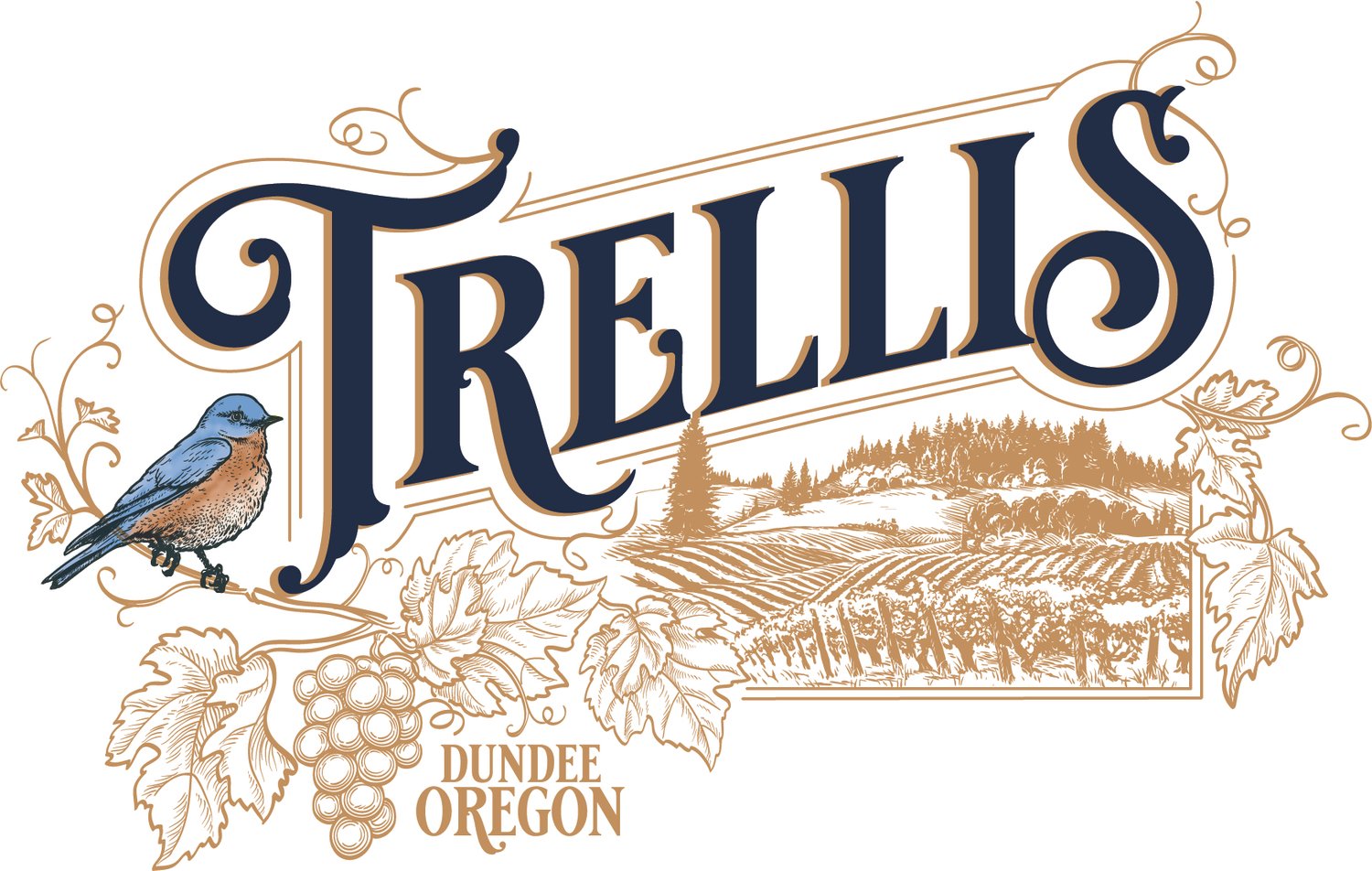Pairing Wine With Dessert: A Love Story
If you’ve perused our extensive wine menu, you may have noticed the dessert wines towards the end. These wines are meant to be enjoyed at the end of the meal, paired with a delicious dessert, or enjoyed alone. However, these special selections can sometimes be forgotten by diners since they’re one of the last things to think about. Indulging in a delicious dessert wine should be something that every diner experiences once in a while. So, what exactly is a dessert wine, and what is the best way to enjoy it?
What Makes Dessert Wine Different
To start, dessert wines are true to their name because oftentimes they are sweeter than regular wines. However, there can be a wide variety of sweetness levels within dessert wines themselves. Made from either red or white grapes, dessert wines can be quite versatile. In fact, dessert wines can be sparkling, still, sweet, or dry. Another thing to note about dessert wines is that, for the most part, they are served in different glasses than regular wines. Typically, the glass will be smaller, and you will enjoy it by taking small sips, similar to when you drink bourbon or whiskey.
How to Pick the Best Dessert Wine
So, how can you be sure that you are making the perfect dessert wine selection to go with your food? The first rule of thumb is to always pick a dessert wine that is sweeter than the dessert itself. If you fail to do this, the wine could end up tasting bitter when consumed after the food. For example, if you are enjoying a Port (which is a sweet red dessert wine), an excellent food pairing would be something like a chocolate cake or an item that contains caramel.
A glass of sweet white wine like our Gewurztraminer pairs lovely with a dense dessert like cheesecake with fresh berries, thanks to its rich profile. And finally, if you decide to choose a Riesling for your dessert wine, be sure to request a dessert food item with notes of citrus (like lemon), or apples and pears. When it comes to choosing the best dessert food for your dessert wine, there are always plenty of options. And, when combined, something magical happens that takes your dining experience to a whole new level.
Another Important Difference
One final note about dessert wines is that their alcohol content can be wildly different than regular wines. For example, a Port could have up to 20% ABV. This explains why they are consumed in smaller glasses and usually smaller pours than a typical wine. On the other hand, Rieslings are known for having alcohol content on the lower side. If you are new to dessert wines, these are all important things to take into consideration when choosing the best one. If you are curious about the alcohol content in the specific dessert wine that you decide to order when dining with us, be sure to ask.
The next time you come to dine with us, consult your server for their favorite dessert wine to pair with your end-of-meal treat. Our selection is mostly local and always changing, which means there will always be something new to try.
